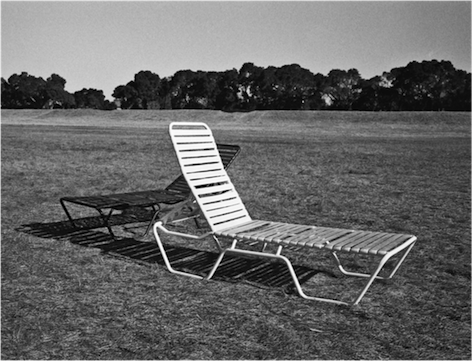No. 20 (2015): After the Good Life


©Mark A. Nye
In Cruel Optimism (2011), Lauren Berlant asks why we stay “attached to conventional good-life fantasies – say of enduring reciprocity in couples, families, political systems, institutions, markets and at work – when the evidence of their instability, fragility, and dear cost abounds” (2). The post-1945 social consensus in Britain, the reproduction of the American Dream, and the social democratic promises made across Europe are political expressions of the good-life fantasy after World War Two. These social contracts have long since worn out, put under pressure from various financial crises since the 1970s and radical shifts in the political landscape. Meanwhile, we have witnessed the rollback of welfare, of healthcare benefits, of pensions; we have seen the casualisation of the workforce, massive unemployment, and the attenuation of trade union power. In short, as David Harvey writes, as the post-war boom broke up in the early 1970s, Europe and the United States in particular have sustained an extended period of flux, of change, and of uncertainty. How is it, then, that the fantasy of the good life persists in the face of such contingency? Why do we still need the model of a ‘good life’?
Issue 20 of FORUM examines what the good life looks like under austerity, under economic, ecological, and social crisis, under neoliberalism and what comes after. How do relations of gender, race, ethnicity and sexuality affect our visions of the good life?
Editors: Yanbing Er and Sarah Bernstein
Review Team Spring 2015: Chiara Amoretti*, Valentina Aparicio, Enti Arends, Sarah Arens, Victoria Chang*, Cheer Cheng, Muireann Crowley, Priscilla Gan, Jo Hsu, Tian Jin, Alice Kelly, Beatriz Lopez, Clara Martinez*, Iain McMaster, Gena McNutt, Alba Morollón, Bianka Nedjalkova, Alistair Robinson*, Jasleen Singh, Rachel Smith, Eystein Thanisch. Article Editors are marked with a star(*).





